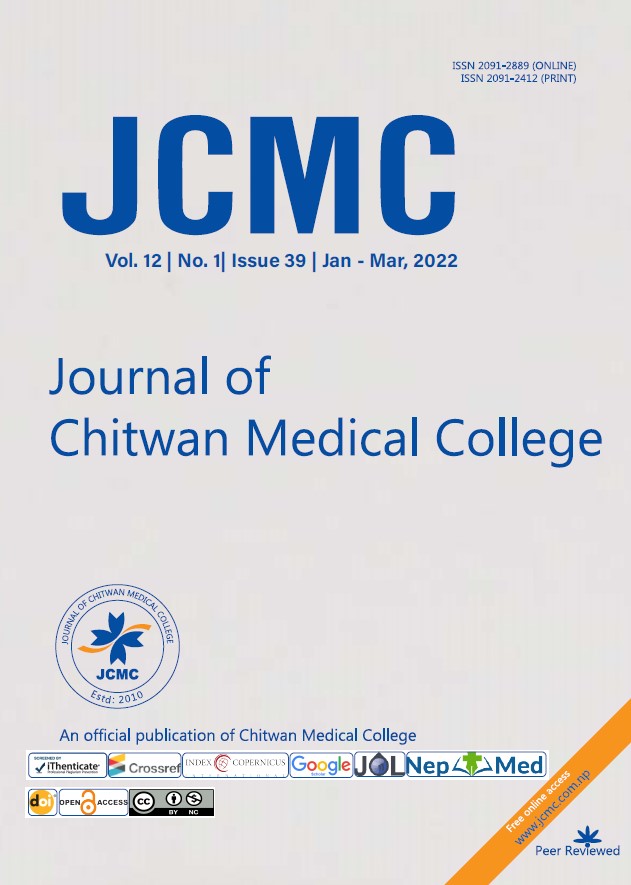Pharyngeal airway space in different skeletal malocclusion and facial forms
Keywords:
Airway space; Cephalometry; Facial forms; Malocclusion.Abstract
Background: Evaluation of the upper and lower airway space should be an integral part of diagnosis and treatment planning to achieve the functional balance and stability of the result after orthodontic or orthognathic treatment. This study aimed to analyze the pharyngeal airway space in different skeletal malocclusion and facial forms.
Methods: Study was carried out in lateral cephalometric radiographs of 210 patients. Data was collected from March 2021 to December 2021. Pharyngeal airway spaces were analyzed according to McNamara Analysis. Upper and lower pharyngeal airway in different skeletal malocclusion and facial form was determined. Data was analyzed in SPSS version 20. Independent samples-t test was applied for gender distribution and Pearson correlation test was applied for upper and lower pharyngeal space.
Results: The mean value of upper pharyngeal airway width in Class I, II and III were 12.07 mm, 11.57 mm and 12.34 mm respectively and for Mesofacial, Dolichofacial and Brachyfacial facial form were 12.35 mm, 11.83 mm and 11.81 mm respectively. Similarly, the mean value for lower pharyngeal airway width in Class I, II and III were 9.51 mm, 9.13 mm and 10.03 mm respectively and for Mesofacial, Dolichofacial and Brachyfacial facial form were 9.62 mm, 9.34 mm and 9.61mm respectively. Male had higher value of mean lower pharyngeal width than female.
Conclusions: There was no impact of sagittal skeletal malocclusion on the upper and lower airways width. Also, there was no impact of different vertical skeletal types or facial forms on the upper and lower airways width.
Downloads
Downloads
Published
How to Cite
Issue
Section
License
Copyright (c) 2022 Gaurav Acharya, Rosha Shrestha, Abhishek Gupta, Surendra Acharya

This work is licensed under a Creative Commons Attribution 4.0 International License.




